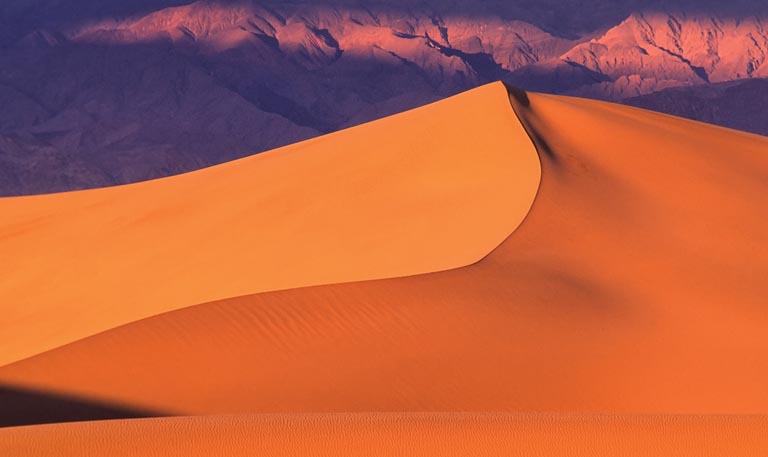Charles Sleicher shows me one of his favorite photographs: an egret, snowy white against a dark, pre-dawn sky, tail fanned like a spraying fountain. It’s a picture that took him years to get: years of annual forays into the Florida darkness, searching patiently for just the right spot, the right light, the right moment in the egret’s ritual courtship performance. Sleicher points out the splash of lime green around the egret’s beak: a rare show of bling, visible only when the bird was courting.
We are standing in the dining room of Mirabella, the Seattle retirement community where Sleicher has lived for nine years. He takes pleasure in visiting old favorites hung around the building, like the egret. We also look at photos of eagles in Alaska, the rolling green wheat fields of the Palouse, fall foliage in New England, and penguins on South Georgia Island—which, Sleicher reminds me, is southeast of South America. It’s where the explorer Ernest Shackleton famously landed after one of the most grueling Antarctic voyages in history.
Sleicher has been a professional photographer since 1991, when he retired from his first career as a professor of chemical engineering (and longtime department chairman) at the University of Washington. His specialties there were fluid mechanics and heat transfer. Sleicher contends that chemical engineering and photography use “completely different parts” of his brain. His work has been featured in National Geographic, Nature’s Best Photography, Sunset, and many other magazines and calendars; he is represented by a stock photo agency, and he still leads photo safaris in Africa. He admits to slowing down a little—endurance and balance are the challenges he feels at 93—but he is still deeply immersed in the art, and adventure, of photography.
The adventure began with the gift of a Brownie camera when he was 10 years old. His family spent summers in the Adirondack Mountains, and he began to take nature photographs. In high school, he set up his own darkroom. In 1944, when Sleicher graduated from Brown University and went into the Navy, he bought a Leica, which he kept “for decades.” But those decades—as he earned his doctorate in chemical engineering at the University of Michigan and pursued his 30-year career as a professor at the University of Washington—kept him too busy to pursue photography as seriously as he would’ve liked.
In 1971, Sleicher, his wife Jan (who passed away in 2008), and his two children lived in Nairobi, Kenya, for a year while he studied the effect of pesticides on the environment. The Kenyan government gave them a free pass to all the national parks. They bought a VW bus and spent as much time camping in wildlife areas as they could. Sleicher’s hope was that someday, he would come back and concentrate on photographing the landscapes, animals, and birds of Africa. Since retirement, he’s made 10 trips. On most journeys, he sees at least 150 different species of birds; on one trip, he saw 240. On another, he saw 17 different species of eagles.
Sleicher can’t imagine his life without photography. He says that when he retired, he studied woodcarving for two years, but then decided he had to choose. He chose photography because it would mean many more opportunities for travel and adventure.
He began by taking classes with several photographers, including renowned nature photographer Art Wolfe, who lives in Seattle but spends most of his time taking pictures and leading safaris and workshops around the world. Sleicher went digital “early on,” when Canon came out with a nine-megapixel camera in 1999. Photoshop is “like the darkroom,” he says: You’re taking the photo you snapped in the field and developing the digital image into a “real image.” A work of art.
What keeps Sleicher going? That continual search for “the beautiful and the unusual.” It gives him “great pleasure,” he says, when he finds it. Which he does: again and again.
Ann Hedreen is a writer, filmmaker, and the author of Her Beautiful Brain, winner of a 2016 Next Generation Indie book award. Ann and her husband, Rustin Thompson, own White Noise Productions and have made more than 150 short films and five feature documentaries together, including Quick Brown Fox: an Alzheimer’s Story. Their newest film, set in Peru and inspired by Ann’s great-uncle, is Zona Intangible.


